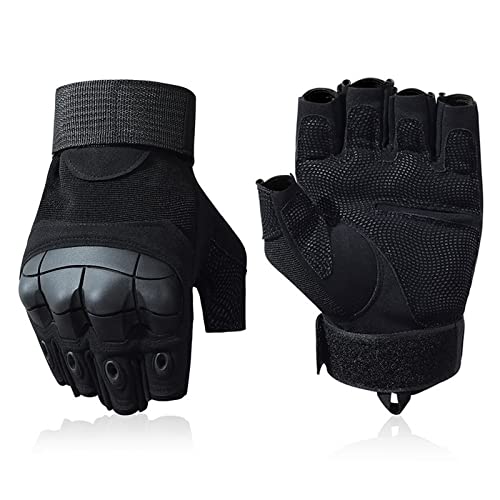Diablo1
Well-known member
I run E10 in my FJR1300 except for winter storage where I fill it with pure gas because it stores longer before going bad. I would never run more than 10% ethanol in any vehicle because alcohol causes fuel system corrosion problems- that’s based on information from an engineer friend that works for one of the big 3 auto manufacturers doing failure analysis on fuel system components. He sees lots of strange material failures even in flex fuel vehicles supposedly designed to work with E85. His advice was avoid using E85 and your flex fuel vehicle will have fewer problems. I also have 3 other motorcycles that I run with pure gas to prevent the nylon gas tank from distorting. Where do you get pure gas?
https://www.pure-gas.org/
https://www.pure-gas.org/

































![fjackets Real Lambskin Leather Biker Jacket — Quilted Cafe Racer Zip Up Moto Mens Biker Jacket | [1100115] Johnson Ruboff, XL](https://m.media-amazon.com/images/I/41Pgh1CH-jL._SL500_.jpg)


















